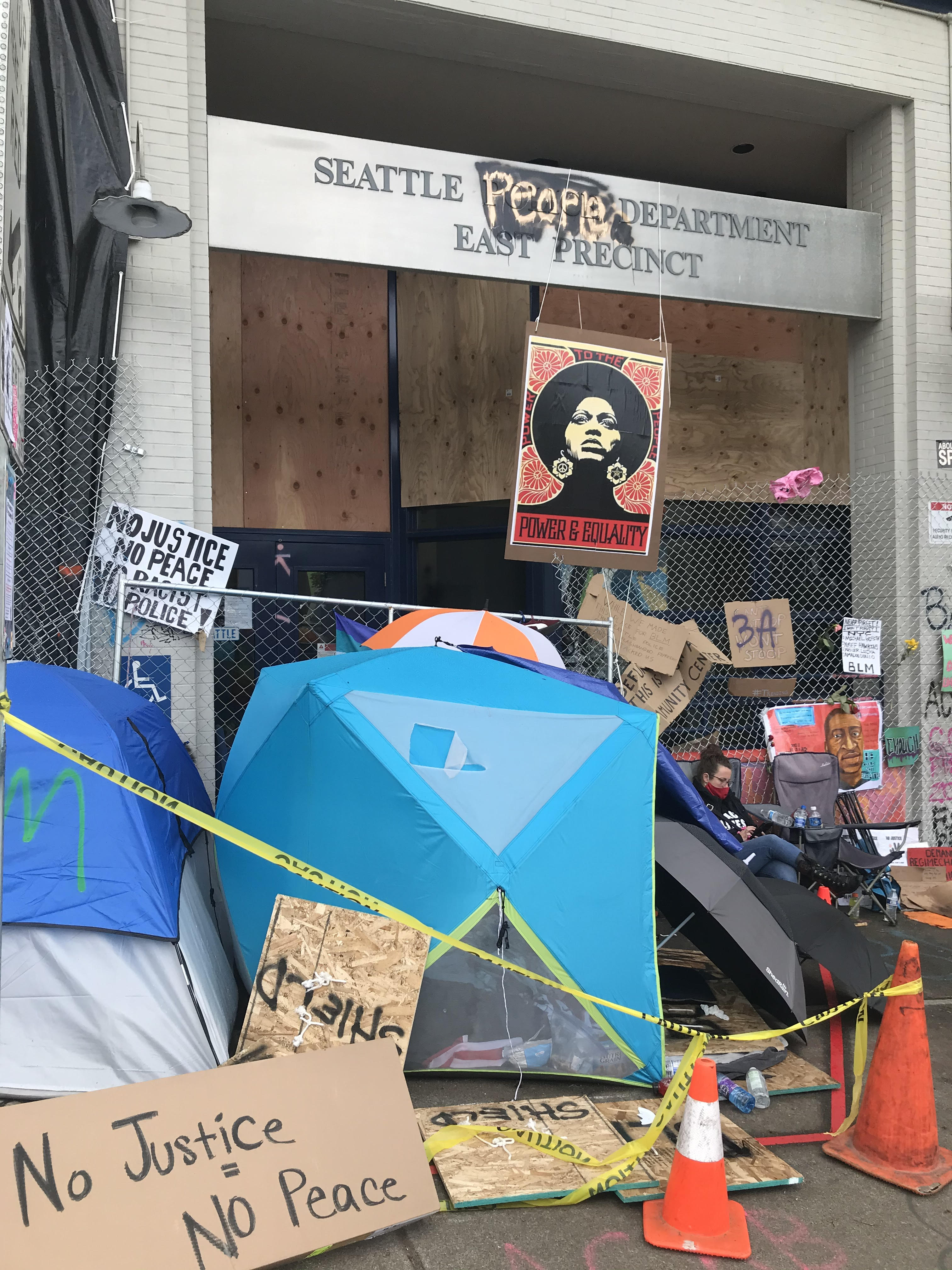 .
.
Architectural theorist John Habracken suggests that the primary way that people understand or perceive space is through their ability to control it. He also points out that there are countless rules, understandings and hierarchies that are rarely articulated yet govern our actions and the way we behave in certain spaces. He calls this phenomenon the “structure of the ordinary.”
For example, students know that they should not sit in a classroom during a course that they have not signed up for. They understand that they should not rearrange the furniture in the classroom unless directed, although slight adjustments to the chair they sit in are allowed. Even though it is not posted or included in the syllabus, students understand that they are not to occupy the space behind the podium—that is reserved for the instructor.
He suggests that the primary role of an architect is to design and negotiate these controls within space. Whether it is a gate, wall, door, window or hallway, the architect determines the deep structure which in turn determines what is possible and expected in a given environment. It would be impossible to deliver an in-person lecture to 100 students in a broom closet. It is difficult to secure a space that does not have controlled entrances, and so on. Habracken, however, advocates for architects and designers to know when to stop designing and create opportunities for the occupants of a space to exercise their control— to possess it.
He suggests controlling or possessing space is a basic human need. In support of Habracken’s ideas, it is interesting to note that when people are denied the ability to productively express that control they often resort to destructive behavior.
Controlling space does not always require physical structures. For example, spaces can be possessed through the use of sound, smell, ideas or violence. I have a vivid memory of getting a tour of a rough neighborhood while engaged in a community project. The guide revealed the invisible lines that separate various areas controlled by rival gangs. I was shown the “safe places” to cross the streets and walk to avoid an altercation. For the residents and myself, those invisible lines became more powerful than any physical barrier I could have designed. With this new lens it is interesting to examine the various spaces that have recently been occupied by Black Lives Matter protesters and the role the police play in defining spaces within our community.
